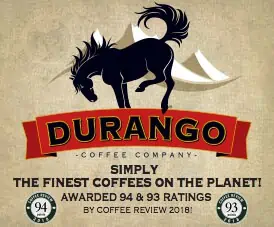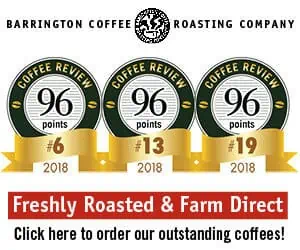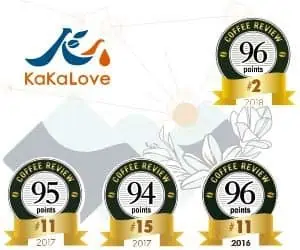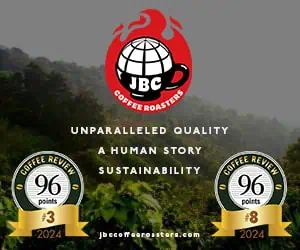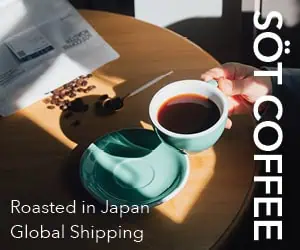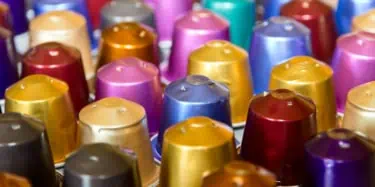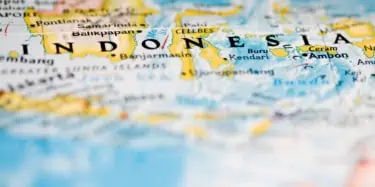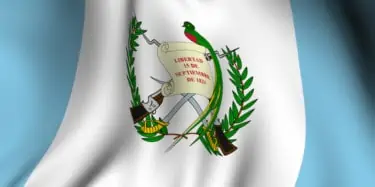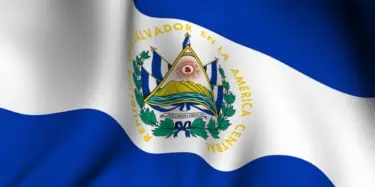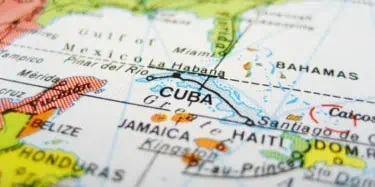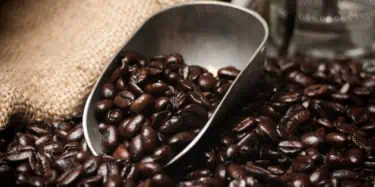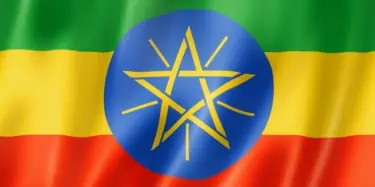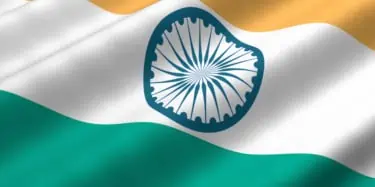If the Pacific Northwest has become identified with coffee generally, it has become even more identified with espresso. Though the espresso machine and its culture first romanced America via the Italian neighborhoods of New York and San Francisco, it only became fully Americanized in the Northwest in the 1980s. The basic Italian vocabulary of frothed milk, well-brewed espresso and a single dash of
Tasting Reports – Most Recent
Coffee Review has published more than 250 monthly coffee tasting reports since February 1997. The most recent tasting reports appear below in reverse chronological order. You may narrow your search by category from the main navigation drop-downs or by using the key word search feature that appears in the page header. The content in tasting reports and associated reviews was correct at the time of publication but may not remain accurate over time.
Pacific Northwest Coffees
It's difficult for a long-time Berkeley guy like me to admit that the Pacific Northwest is the heart of current North American coffee culture, but it is. Seattle, Portland, and small cities and towns around and between are paved with coffee houses, coffee stands, cafes and specialty roasters of every possible level of size and sophistication, far more numerous and more varied than elsewhere.
At What Cost Convenience? Testing the New Single-Serve Coffee Systems
The idea sounds seductive: pop a single-serving package of ground coffee into a machine, press a button, and within a minute pull a fragrant cup of absolutely freshly brewed coffee out from under the spout. Because you brew a cup at a time and can select from an assortment of different little coffee packages, such a machine could (in theory) provide the coffee lover variety as well as freshness,
Fragrance and Weight: Winter Coffees from the Pacific
The coffees reviewed this month all offer the sort of heartily complex cup that suggests fires, throws, and warm, rich kitchen recoveries from the elements (or, in warmer climates, recoveries from holiday traffic jams). And most originate on the gigantic islands of southeast Asia: Sumatra, Sulawesi (Celebes), Timor and New Guinea. They are an altogether rather exceptional group of coffees, all
Holiday Gift Coffees
Like wine, coffee makes a modest but immediately gratifying and reassuringly consumable gift for the holidays. However, those who drink coffee drink it daily, so a gift of coffee needs simultaneously to be familiar enough to please but special enough to warrant celebration. We came up with a variety of strategies for identifying what might be special enough for the holidays, ranging from
The Tanzania Peaberry Mystery
Actually two intertwined mysteries - why peaberry, a grade of coffee that is potentially available from any coffee growing region in the world, is so firmly associated with a single origin - Tanzania - that it is 1) usually the only coffee available from Tanzania in specialty stores, and 2) often the only pure peaberry available from any country in specialty stores. It also turned out to be the
Beyond Antigua: The “Other” Guatemalas
Some adjectives become so firmly stuck to coffee country names that they almost lose their meaning. Antigua and Guatemala may be such a combination, so familiar together that coffee drinkers either don't know that there are coffee-growing regions in Guatemala other than Antigua, or don't even know Antigua is a region, not just a mysterious coffee word that must mean something positive or people
Not Your Ordinary Espressos
Common coffee wisdom argues that the only way to fully exploit the flavor-intensifying potential of the espresso brewing system is by brewing with blends. Because the espresso pressure-extraction brewing system is so efficient, the argument runs, it emphasizes the singularity and imbalance of single-origin coffees, turning their simple melodies into over-amplified cacophonies. Thus only a blend of
The El Salvador and Honduras Adventure
For those coffee adventurers who take more pleasure in defining the unknown than in confirming the known, the coffees of El Salvador and Honduras offer intriguing opportunity. These two origins are the last of the six Spanish-speaking Central American countries to establish clear identities in the world of specialty coffee, yet both produce plenty of coffee, and, if this month's cupping is any
Pursuing Quality at the Supermarket
Suppose a coffee drinker knows that most coffee cans now lined up on North American supermarket shelves are rotten with poor quality coffees of the bland-at-best robusta species. And suppose that coffee drinker wants to move up to something better without excessive fuss or expense. In other words, simply add something handy and reasonably priced to the grocery cart. Are whole-bean coffees sold
Roasters without Stores
What a perfect niche, it would seem, for a small start-up Internet business: Take coffee orders by Internet or phone, custom-roast the coffees, and ship them the next day. Roasting to order would seem to make it possible for a company to deliver a much wider range of coffees than could be delivered by a bricks-and-mortar retailer, and deliver them fresher. This was the premise we attempted to
A Snapshot from the Caribbean
Coffee reviews are necessarily more provisional than reviews of bottled beverages like wine. Not only is coffee subject to a much wider range of creative input, from grower and mill owner through roaster to the consumer who finally does the brewing, but the green coffee also changes through the crop year after it has been harvested and rested. I often describe a coffee review as a useful and
Roasters’ Choices
After having cupped excellent reader-nominated coffees for the last two issues of Coffee Review, I thought it might be a good idea to give the professionals who actually buy the green beans and roast them a shot at picking the coffees for a review, unhampered by the usual theme-oriented restrictions -- this month we are reviewing Guatemalas, this month breakfast blends, and on into the Coffee
Readers’ Choices Round Two
Reviewed here are a dozen more coffees nominated by Coffee Review readers. As was true of the ten readers' nominations I reported on last month, the relatively high ratings for this group of coffees seem to support the notion that Coffee Review readers either have excellent taste in coffee, or, if you take a more cynical relativist position, tend to share my taste in coffee. The fifty or so
Readers’ Choices
What coffees do readers of Coffee Review actually drink, as oppose to read about? Are their tastes fairly similar to mine, or are they marching to some different coffee drummer? This review and next month's suggest some answers to those questions. Over the last few months readers have nominated close to two hundred coffees for review. Sometimes the reader simply delivered the name of the
Sumatras
It is unlikely that anyone would put Sumatra up as the finest of the world's coffee origins, but many of us would select it as one of the most challenging and interesting. That challenge and interest is situated right in the cup, by the way. You don't need to glamorize traditional Sumatras with false travelogue romance. Not only does every lot of traditionally processed Sumatra taste different
Dark Roasts
Besides providing readers with some recommendations for fine dark-roast coffees, I set up this co-cupping with John Weaver of Peet's Coffee to find out whether the thin-bodied, burned dark roasts I so often taste from American roasters are my problem or the coffees' problem. By all measures, John Weaver ought to know about dark roasts. For the past 23 years he has been roast master of the
Ethiopias and Kenyas
Ethiopia and Kenya are favorite origins for attacking coffee complacency. Think all coffees taste the same? Try a Kenya that tastes as though it were spiked by a fine cabernet, or an Ethiopia Yirgacheffe that tastes like lemon blossoms on a balmy evening. Arguments can be made that other coffee origins produce a more classic cup than Ethiopia or Kenya, but no other origins come close to either
India Coffees
Judges at the recent Fine Cup Award for India coffees experienced the jolt that has become usual at such competitions: Among the many excellent coffees that perfectly fulfilled their expectations of what a wet-processed India coffee should be -- low acid, sweet, mild, perhaps with just a hint of flowers -- two coffees broke through the stereotype completely, with powerful, complex, high- toned
Decaffeinated Coffees
The fact that I asked over fifteen roasters to send me decaffeinated coffees for review and only a handful actually did is one indication of how little interest roastmasters and coffee managers take in decaffeinated coffees. But it seems to me that the drinker of decaffeinated coffee deserves an even better cup than those of us who can fall back on raw stimulation to justify our

